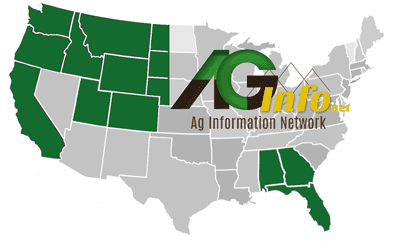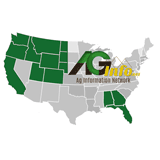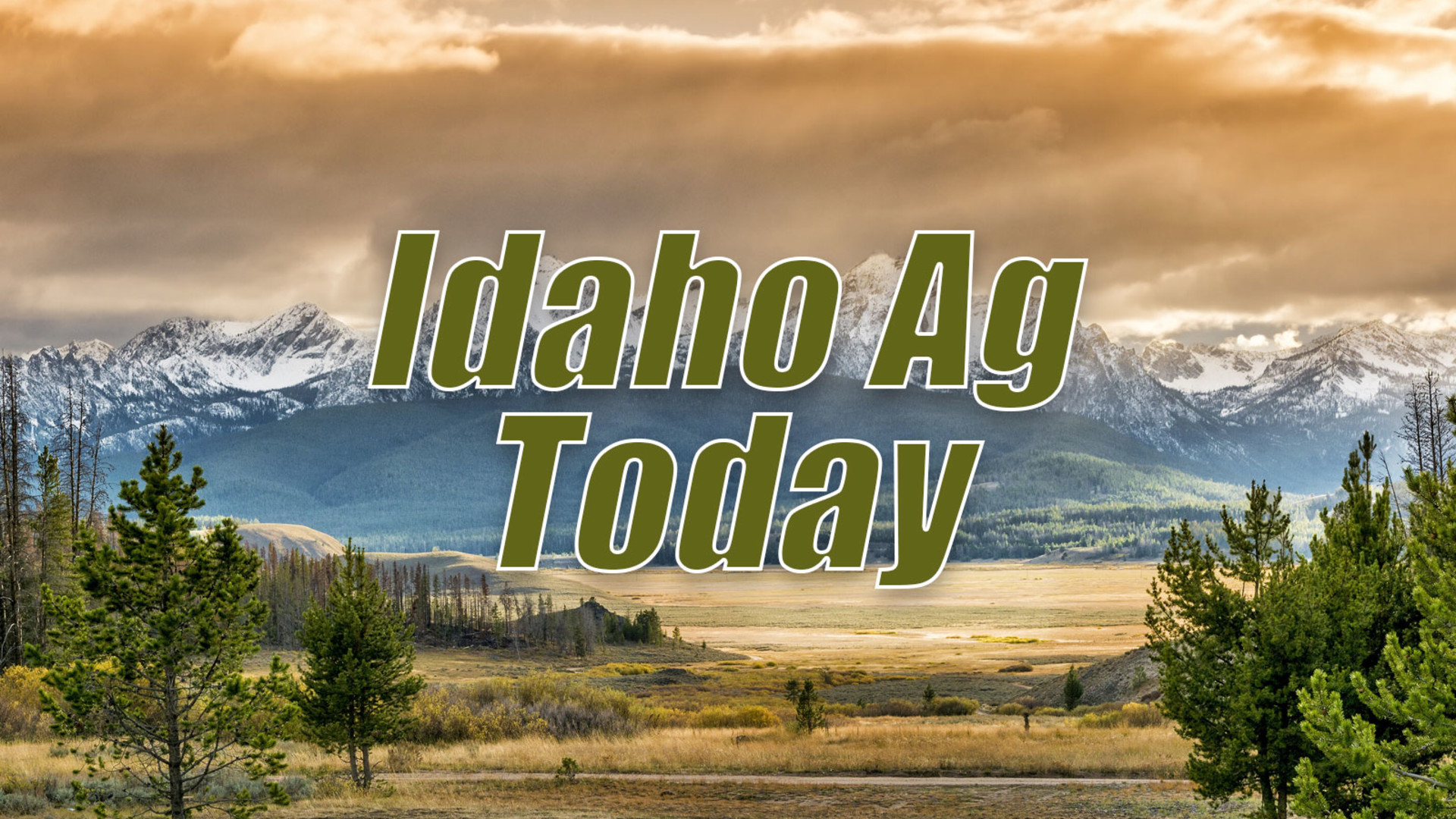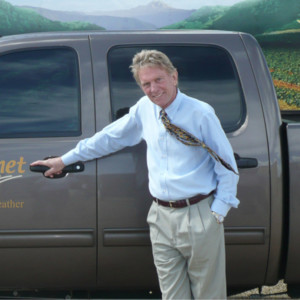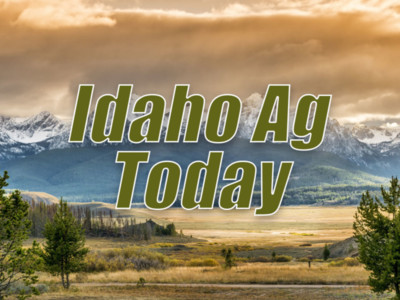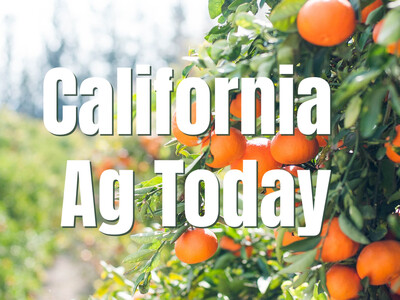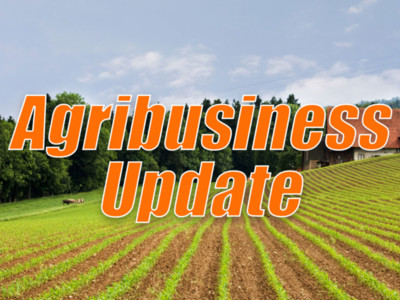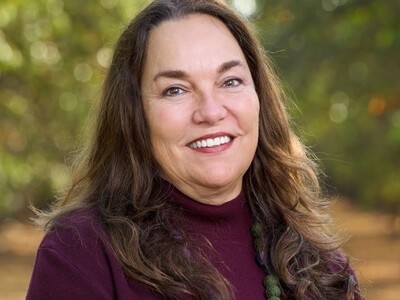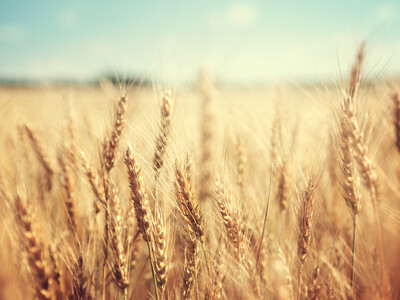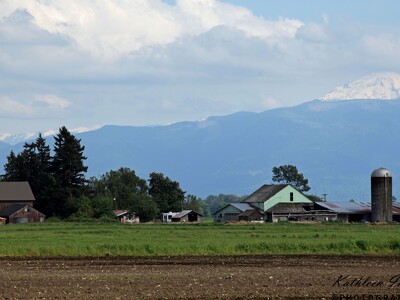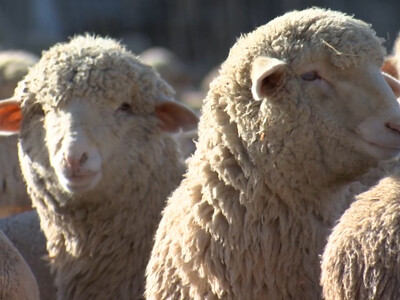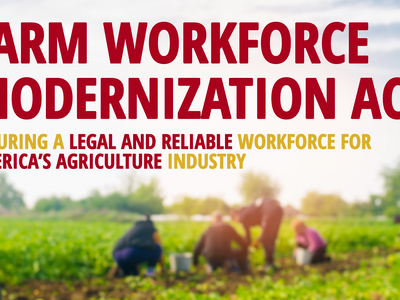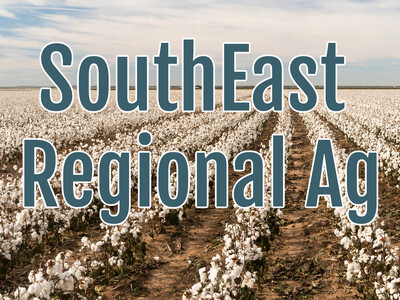Beef 101
Beef 101: U of I Workshop prepares beginning ranchersMcKenna Knott, of Moscow, is a recent high school graduate who raises show calves and would like to grow and improve her small herd.
Tom Fitzsimmons, of Pomeroy, Washington, began raising cattle after he retired from farming crops. He and his wife Jamie now have a herd of more than 100 head.
They were among a group of beginning ranchers from varying backgrounds and stages in life who sought to broaden their skillsets through a three-day Beef 101 workshop, offered by a team of University of Idaho meat science researchers.
The training caters to ranchers who have entered the industry within the past decade and is funded with a three-year, $479,000 grant from the U.S. Department of Agriculture’s National Institute of Food and Agriculture.
Knott and Fitzsimmons participated in the July 8-10 Beef 101 workshop, which was organized due to high demand after the initial May session filled all 30 slots quickly. The U of I experts covered the basics of livestock breeding, genetic selection, animal health, grazing, land management, diversifying a business, financial planning, beef quality assurance, vaccinations, food safety, beef markets and livestock evaluation.
Beef 101 also funds several one-day workshops on specific topics, often hosted in conjunction with county beef schools.
“Coming here, I hope to gain more knowledge about how I can increase my herd and have a better economics standpoint and the knowledge I need to continue improving my stock and genetics to help local showmen,” said Knott, who plans to take agriculture classes next fall at Linn-Benton Community College in Albany, Oregon.
Fitzsimmons had cattle on his family farm as a child and wanted to relive those memories. After he retired from farming, he purchased some cattle with funds from selling equipment, and he recently bought a cattle ranch.
“This is the first time I’ve seen the actual processing of an animal,” Fitzsimmons said after trying his hand at meat cutting during the workshop’s final day. “It’s something you kind of know happens, but to understand it and see the whole process and better understand what you’re involved in, that was worth it.”
Participants in the workshops will have the opportunity to have soil and forage samples from their operations analyzed. The grant also pairs new ranchers with experienced mentors in the industry and will cover site visits, during which experts from the team will go to individual operations to make assessments. Scholarships are available to help participants cover mileage, hotels and other travel costs. Grant funding also purchased teaching tools, such as a replica cow used to demonstrate fetal dystocia, which occurs when abnormal fetal size or positioning complicates delivery. The team hosted a contest to name the artificial cow, now called Birth-a.
The $20 workshop fee includes meals and gifts for participants, such as a butcher knife. The team plans to add leadership-development content and a more advanced Beef 201 workshop next year.
“We have folks who have one or two animals and are brand new to the thing and folks who are part of a family ranch with several hundred to 1,000 head,” said Phil Bass, an associate professor of meat science and the grant’s principal investigator. “It’s the full spectrum.”
Jessie Van Buren, a UI Extension educator serving Latah County, had the primary responsibility for writing the grant. She comes from an extended family of ranchers and relied heavily on their input about what to include in workshops. She also surveyed about 60 people with ties to ranching.
Several of her uncles are serving as program mentors, as well as on an advisory board to provide continuing direction for the grant.
At the suggestion of Van Buren’s relatives, cull cows provided by the university for the workshops’ meat-cutting training were ground into hamburger and donated to the Idaho Food Bank in Lewiston.
The workshops have drawn participants from throughout Idaho, Washington, Oregon and Montana – and even one participant from Texas, Jennifer Howard. Howard plans to move to northern Idaho and start a small herd for personal consumption and direct-to-consumer sales.
“I’m looking to enter the cattle industry mostly to have control over my food source – being able to select it and be in control of what is fed to animals I will eat myself to improve my health and food security,” Howard said.
Winston Peterson, of Peck, started a small cow-calf operation near Lewiston and is eager to apply his new skills from Beef 101 in the field to increase his profits.
“I’m looking to grow into a bigger operation I can rely on for my main source of income,” Peterson said.
Leah Gurske-Hill, of Spangle, Washington, started with a pair of animals and has built her herd up to 17. She sells live animals to consumers, who work directly with a butcher to have their beef processed. Gurske-Hill learned about the program through the Washington Cattle Association’s webpage.
“We couldn’t beat the price and knowledge is power,” Gurske-Hill said. “I brought a friend down with me, and we’re enjoying the bejesus out of it. I’d never seen the butchering process, and the beef quality assurance was fascinating.”
Anna McKanna, of Potlatch, raises cattle solely for personal use and to supply beef to family. She personally slaughters a couple of animals per year.
“I cut the beef up myself and I want to get better at processing it,” she said. “What I saw here was clean processing and humane handling of the beef.”
Mikaela and Dustin Swall, with Bear Grace Ranch in Caldwell, are part of a family operation with more than 100 cow-calf pairs and a 300- to 400-head feedlot. They sell animals directly to the consumer – an area they believe future Beef 101 workshops should emphasize. They have taken several ideas from the workshop to apply to their ranch operations, and they highly recommend the program.
“Just more of the animal handling techniques are some of the things we plan to implement differently. We have a couple of ideas going forward on how we’re going to be dealing with our vaccinations and castrations,” Mikaela Swall said. “I loved being on the cutting-room floor. That was the coolest thing to me. I learned so much about why certain cuts are the way they are and where they’re located.”
The U of I team includes Jessie Van Buren, Michael Colle, Lauren Christensen, Meranda Small, Audra Cochran, Brett Wilder and Phil Bass.
